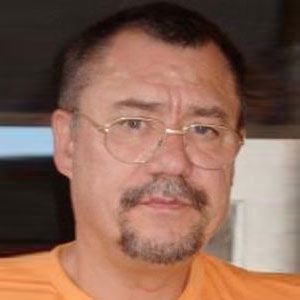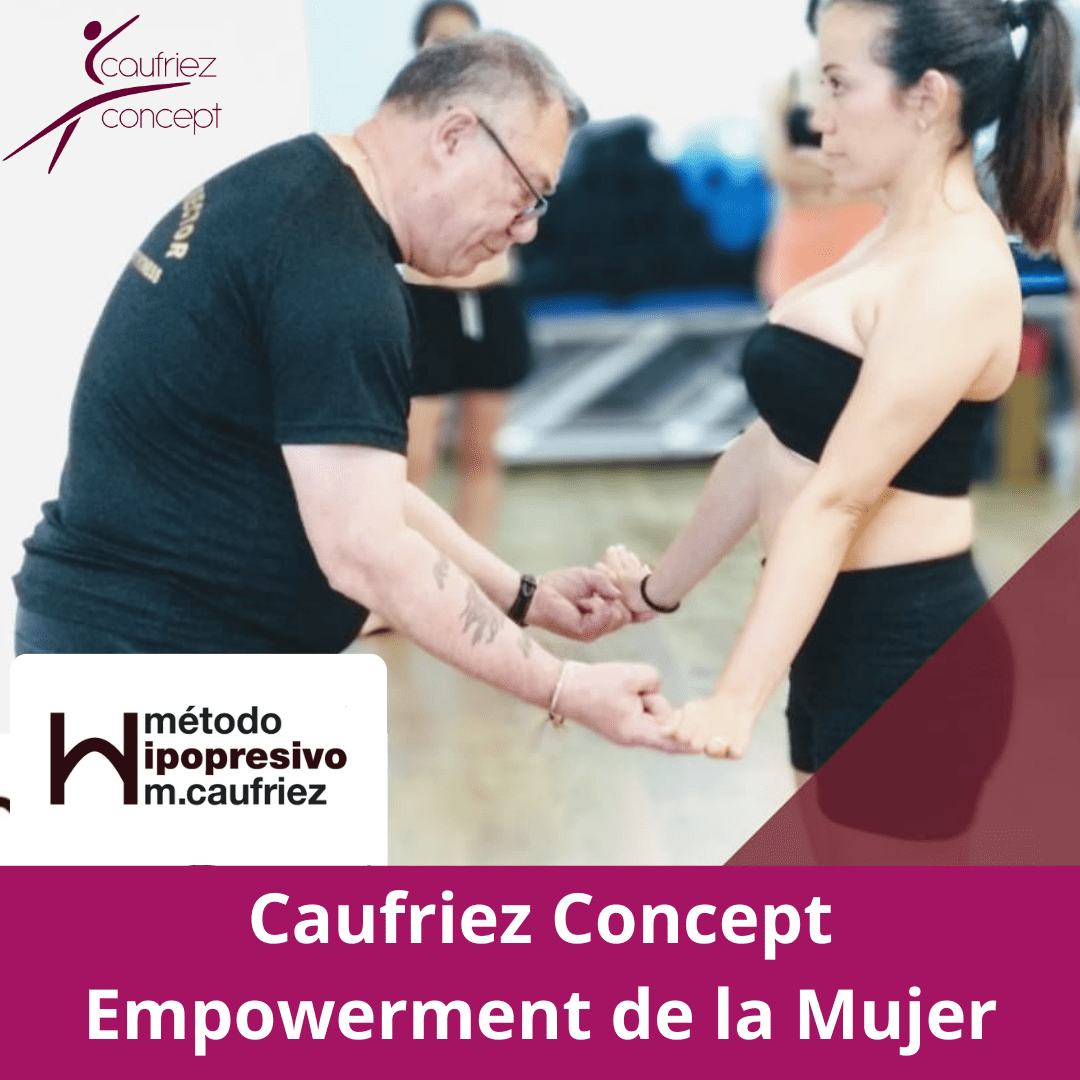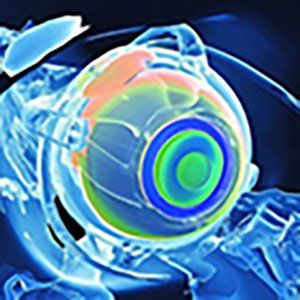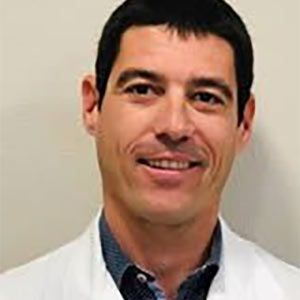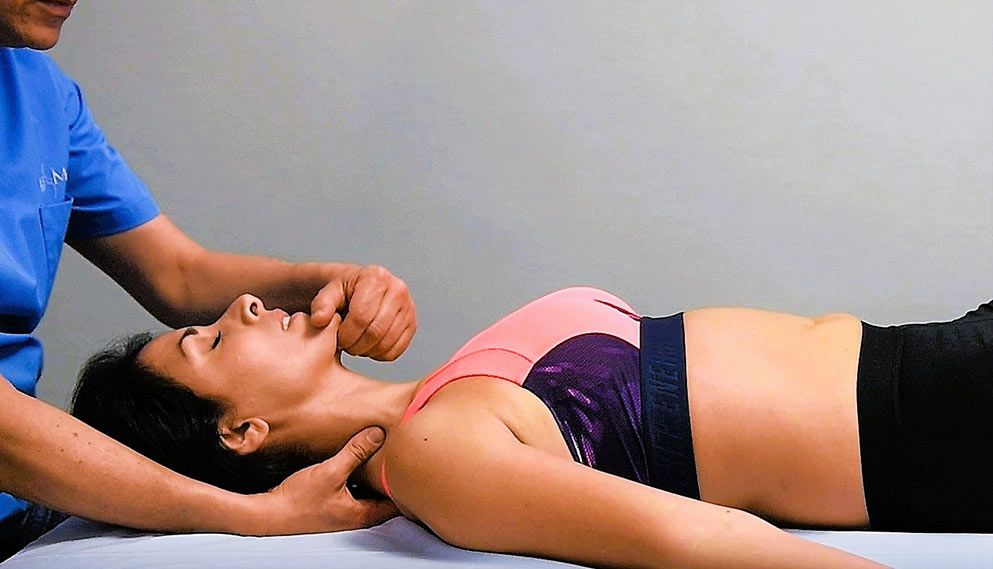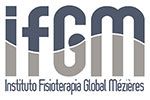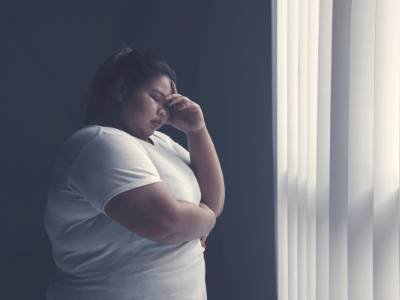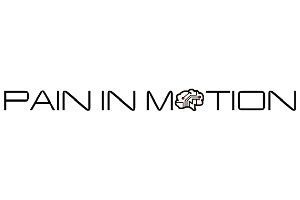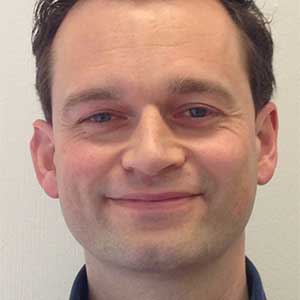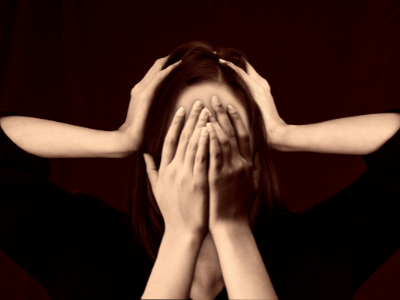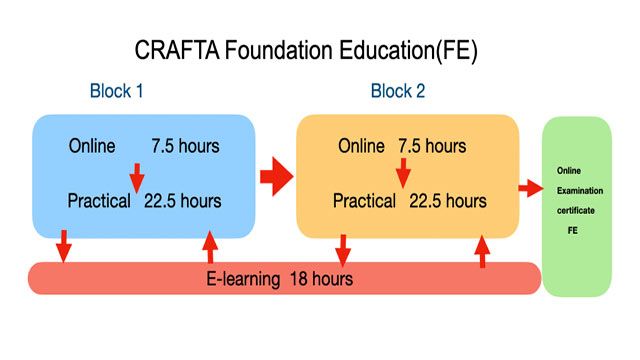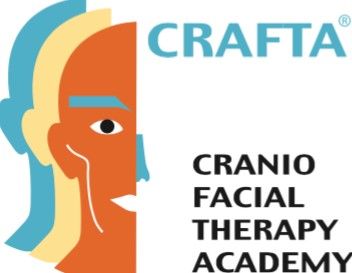Sexología Corporal y Emocional – Hiposexo. Dr. Caufriez
Sexología Corporal y Emocional – Hiposexo. Dr. Caufriez
FORMACIÓN PROPEDÉUTICA en SEXOLOGÍA CORPORAL
El “Caufriez Concept” hace el abordaje de diversos campos relativos a la vida de las Mujeres, de la Salud, del Deporte, de la Maternidad, de la Sexualidad y también de los aspectos económicos y sociales, civiles y educativos.
Este seminario abierto a los Fisioterapeutas, Matronas, Profesores de Educación Física, Profesores de Fitness o cada profesional interesado en su trabajo al tema sexual, es la oportunidad de formarse en una área nueva y gratificante, ayudando a las Mujeres para conocer mejor su cuerpo, a controlar su función erótica y a aumentar su placer sexual. Es una forma de promover el empoderamiento de la Mujer.
La Función Erótica juega un papel importante en el desarrollo psico-social del Ser Humano, en particular de la Mujer.
Datos del curso
- DURACIÓN: 2 días
- DIRIGIDO A: Fisioterapeutas o estudiantes de fisioterapia, Matronas, Médicos, Enfermeras, Ginecólogos, Obstetricistas, Profesionales del deporte con titulacion Expert de RSF Hypopressives (*)
- TITULACIÓN OBTENIDA: Título propio certificado por Marcel Caufriez.
- LUGAR REALIZACIÓN: Barcelona: Centre Univers: Calle Comte de Salvatierra, 5-15 – 08006 Barcelona
- FECHAS:
- 09 y 10 de Diciembre de 2023
- HORARIOS:
-
Sábado 9:30hrs – 19:30hrs
-
Domingo 9:00hrs – 17:00hrs
-
(*) NOTA: En el caso de que no se cumplan los requisitos y se ocasionen gastos en la devolución del importe, este será descontado del importe pagado.
Precios y matrícula del curso
Precios:
-
350 € (incluidos los gastos de inscripción, coffee break)
-
590 € por pareja
Descuentos:
- FTP: Desde 0€ Formación Bonificada GRATUITA para el trabajador. Recupera el importe del curso bonificándolo por la Fundación Tripartita
Matrícula abierta hasta fin de plazas
COMO MATRICULARSE
1.- Cumplimentar Inscripción
2.- Pago de INSCRIPCIÓN 350€ o 590€ por tarjeta según la opción escogida.
También es posible realizar el pago por transferencia a ES2000810646340001361838 – SWIFT/BIC BSABESBB – Kenzen Formacion S.L.
Recomendación:
En caso de que por motivo del curso debas incurrir en algún gasto de desplazamiento y alojamiento, sugerimos esperar hasta que se confirme el curso en cuestión. La organización no se hace responsable de dichos gastos y puede cancelar el curso hasta 5 días antes de su realización.
Introducción del curso
Parte integrante de la Biosexología, la Sexología Corporal, iniciada en los años 80 por el Doctor Marcel Caufriez¹ comporta un conjunto de técnicas que pretende armonizar la Función Erótica en la Mujer adulta (y en el Hombre), en el marco de una heterosexualidad o de una homosexualidad, con el fin de aumentar el rendimiento sexual y de rehabilitarlo cuando es disfuncional.
El programa de este seminario abierto de Sexología corporal (dos días) incluye nociones teóricas relativas a la funcionalidad genital principalmente en la Mujer y a los problemas sexuales, ejercicios físicos de reprogramación corporal y emocional que permiten mejorar la función neurovascular genital y aumentar el rendimiento sexual. El Dr Marcel Caufriez ha creado ejercicios específicos corporales con el objetivo de mejorar el rendimiento sexual y disminuir los riesgos de disfunciones sexuales los cuales hacen parte del programa «Hiposexo».
La práctica es una gimnasia que se hace por grupos mixtos sobre el control de los profesores.
!!! Los ejercicios de tipo postural sensual tienen la pretensión de estimular la función erótica; sin embargo cualquier comportamiento inapropiado de un participante durante el entrenamiento, será sancionado por una exclusión definitiva de la formación, sin reembolso !!!
1. El Dr Marcel Caufriez, sexólogo, especialista de las neurociencias, y de la uroginecología ha recibido en el año 2011 el primer premio Angel Bayo de la asociación española de medicina andrológica por sus trabajos en el campo de la biosexología.
Programa del curso
Programa General
Definición y Objetivos
Presentación general de las técnicas corporales (y emocionales)
Factores posturales y neurovasculares de la función sexual
Sexo Corporal y Periné: punto G; orgasmo y orgasto
Programa Hiposexo – Presentación y Práctica
Retroalimentación y Cierre del curso
Dr. Marcel Caufriez
Doctor en Ciencias de la Motricidad y Readaptación por la Universidad Libre de Bruselas
PASO 1
Rellenar el FORMULARIO DE INSCRIPCIÓN con todos los datos requeridos
PASO 2
Una vez rellenado el formulario de inscripción, debes hacer el pago de la inscripción por tarjeta débito / crédito en:
PASO 3
Ya estarás inscrito/a al curso, comprueba que todo esté correcto en el email que habrás recibido y seguir el calendario de pagos. Si tienes alguna duda o algo a fallado en el proceso de pago puedes contactar a info@kenzenformacion.com

